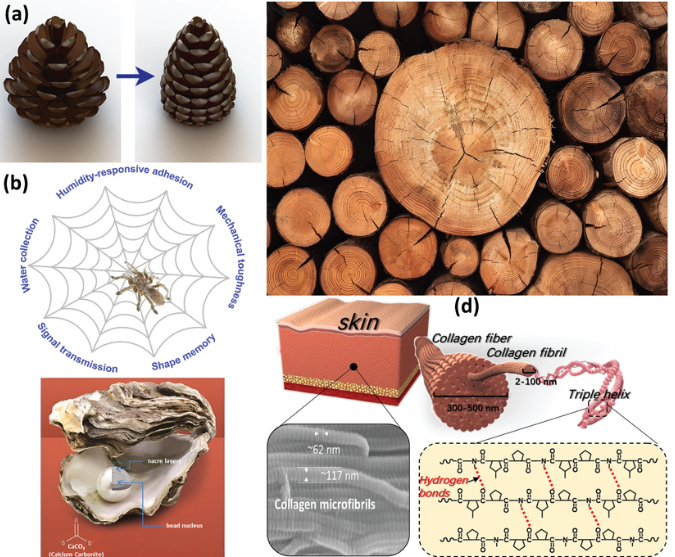Laempe's Sand 3D Printers Revolutionize BMW's Foundry Operations and Beyond
- Aniksha Kar
- Dec 23, 2024
- 3 min read

The automotive industry is undergoing a significant transformation with the increasing adoption of additive manufacturing (3D printing). One compelling example of this trend is the recent installation of six sand 3D printers at BMW's foundry in Landshut, Germany, by core manufacturer Laempe Mössner Sinto. This development marks a significant leap forward in foundry technology and highlights the growing role of 3D printing in high-volume manufacturing.
Laempe and BMW: A Partnership for Innovation
Laempe, a leading provider of foundry technology, has partnered with BMW and R.Scheuchl GmbH to develop a fully automated, high-volume binder jet 3D printing production line specifically optimized for manufacturing sand cores. These cores are crucial components in the casting process, used to create internal cavities and complex shapes within cast metal parts.
This collaboration has resulted in a streamlined fabrication process that meets stringent manufacturing standards. According to Laempe, BMW is already utilizing these new 3D printers to produce molds for components in its latest six-cylinder vehicles. The additive manufacturing solution eliminates manual steps, automating 3D measurement and core removal, significantly improving efficiency and reducing labor costs.
Laempe's Sand 3D Printing Technology: Key Features
Laempe's sand binder jet 3D printer technology, unveiled at the GIFA foundry trade show last year, boasts several key features that set it apart:
High-Speed, Bidirectional Fabrication: These systems offer rapid 3D printing speeds and bidirectional fabrication, making them highly efficient for high-volume production.
Automated and Integrated System: The 3D printers are designed for sand casting and integrate key processes, including raw material storage, molding material preparation, 3D printing, packing, cleaning, and component measurement.
Open and Modular Design: Laempe's 3D printing line features an open design, allowing customers to work with any raw material suppliers. The modularity of the system allows for seamless integration into existing automated production lines.
Hybrid Core Production: The technology offers flexibility with "hybrid core production" capabilities, allowing for the use of classic shot cores, 3D printed cores, or a combination of both.
Proprietary Software: Laempe provides its proprietary "Laempe Printing Wizard Software," which optimizes slicing, scaling, and morphing of 3D print jobs.
Significant Investment: The development of these core 3D printers was backed by a substantial mid-double-digit million euro investment, split between a collaboration with BMW Group and Laempe's own capital.
Impact on the Automotive Industry
The adoption of Laempe's sand 3D printing technology by BMW is a testament to the increasing influence of additive manufacturing in the automotive sector. This technology is not limited to prototyping; it's now being implemented for series production, demonstrating its potential to transform manufacturing processes.
Other automotive manufacturers are also embracing 3D printing in various ways:
Jaguar Land Rover (JLR): JLR utilizes 20 industrial 3D printers across six different additive manufacturing technologies primarily for functional prototyping, significantly accelerating the testing and design iteration process. They have also used 3D printing for limited runs of end-use parts and legacy part production.
Ford Motor Company: Ford uses Formlabs' SLA and SLS 3D printers for prototyping various components, allowing for faster design iterations and more design flexibility.
McLaren: McLaren's W1 hybrid hypercar incorporates critical suspension components produced with titanium 3D printing for significant weight savings, highlighting the use of 3D printing for high-performance end-use parts.
Conclusion
Laempe's delivery of sand 3D printers to BMW marks a significant milestone in the adoption of additive manufacturing in the automotive industry. This technology offers numerous benefits, including increased automation, faster production speeds, greater design flexibility, and improved efficiency. As the technology continues to mature, we can expect to see even wider adoption of 3D printing in automotive manufacturing and other industries, driving innovation and transforming production processes.




Comments